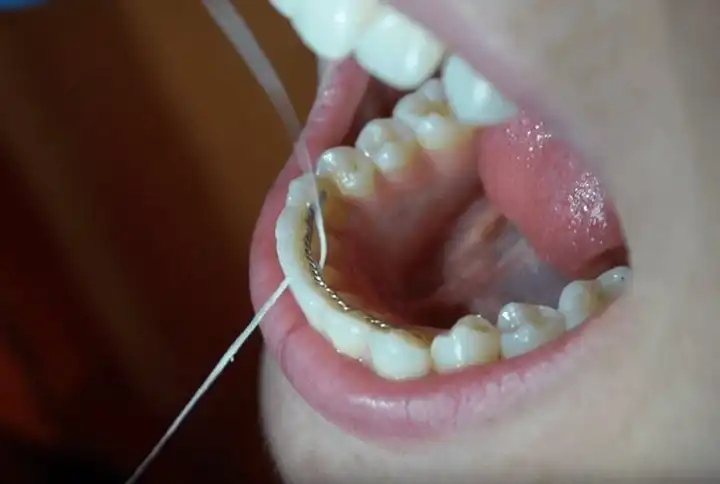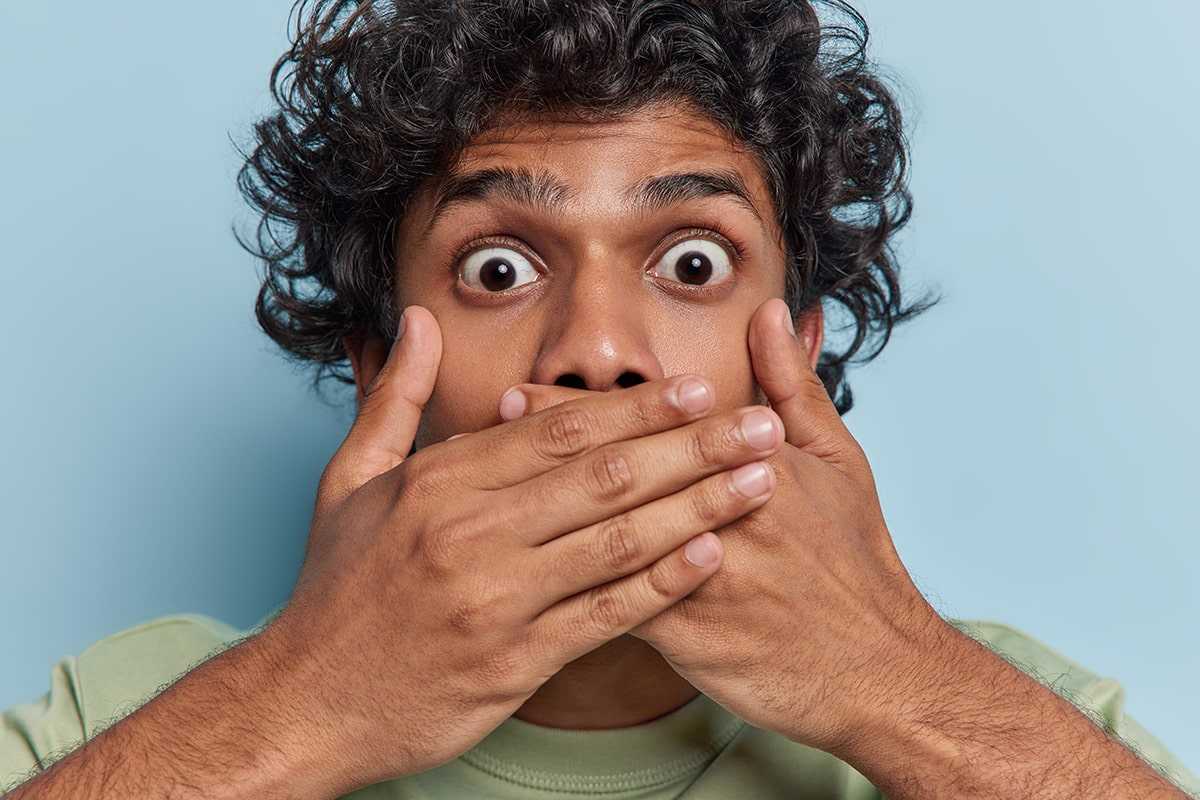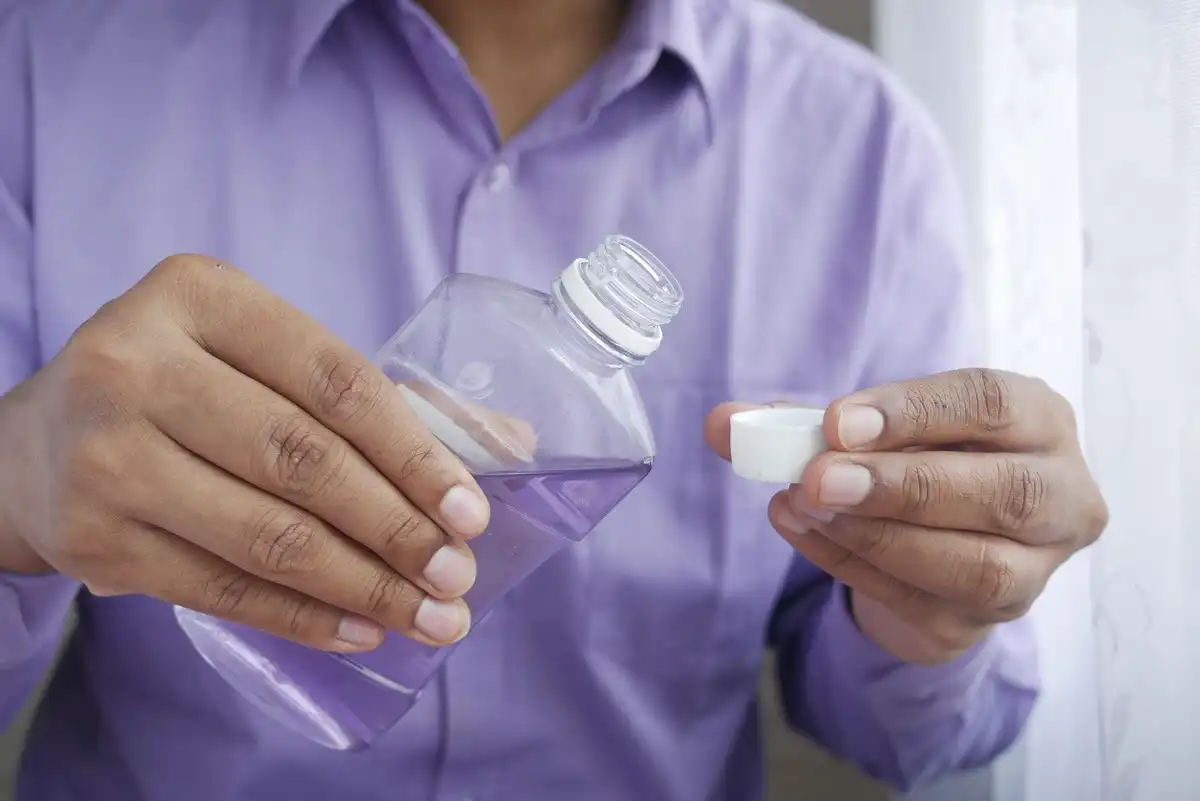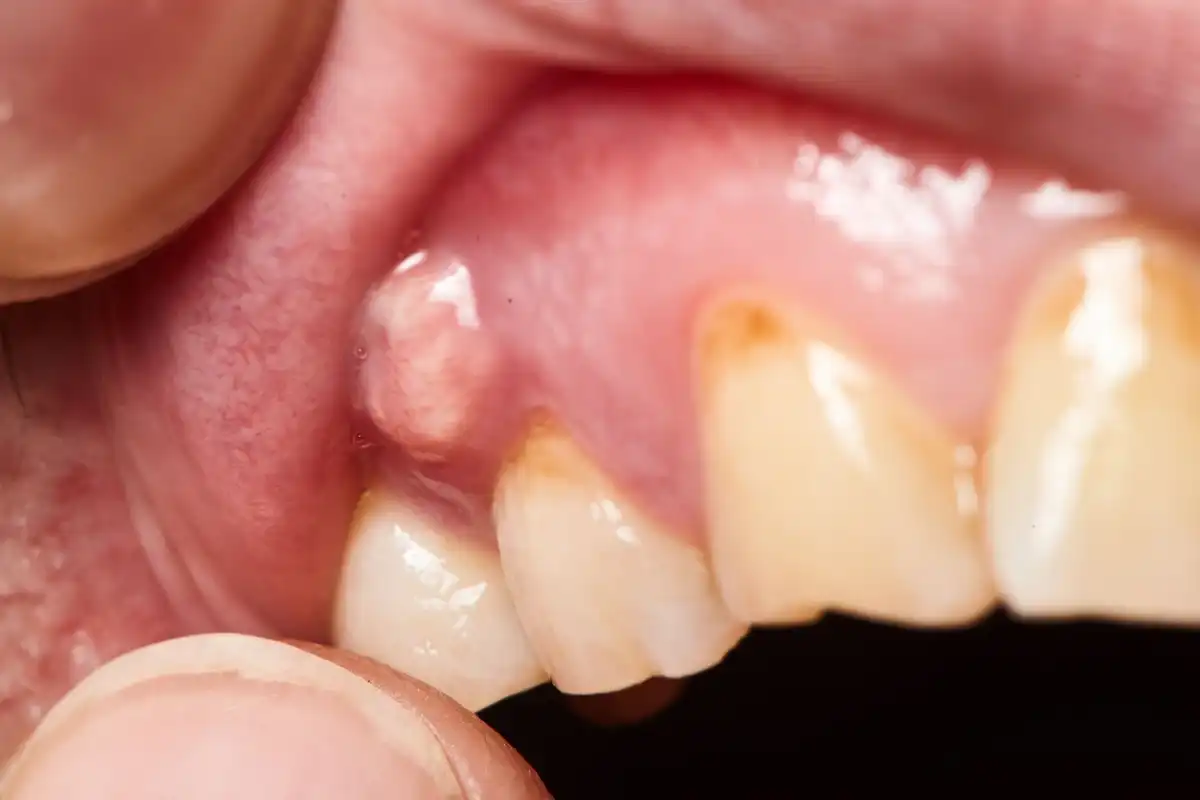5 Types of Dental Cleanings
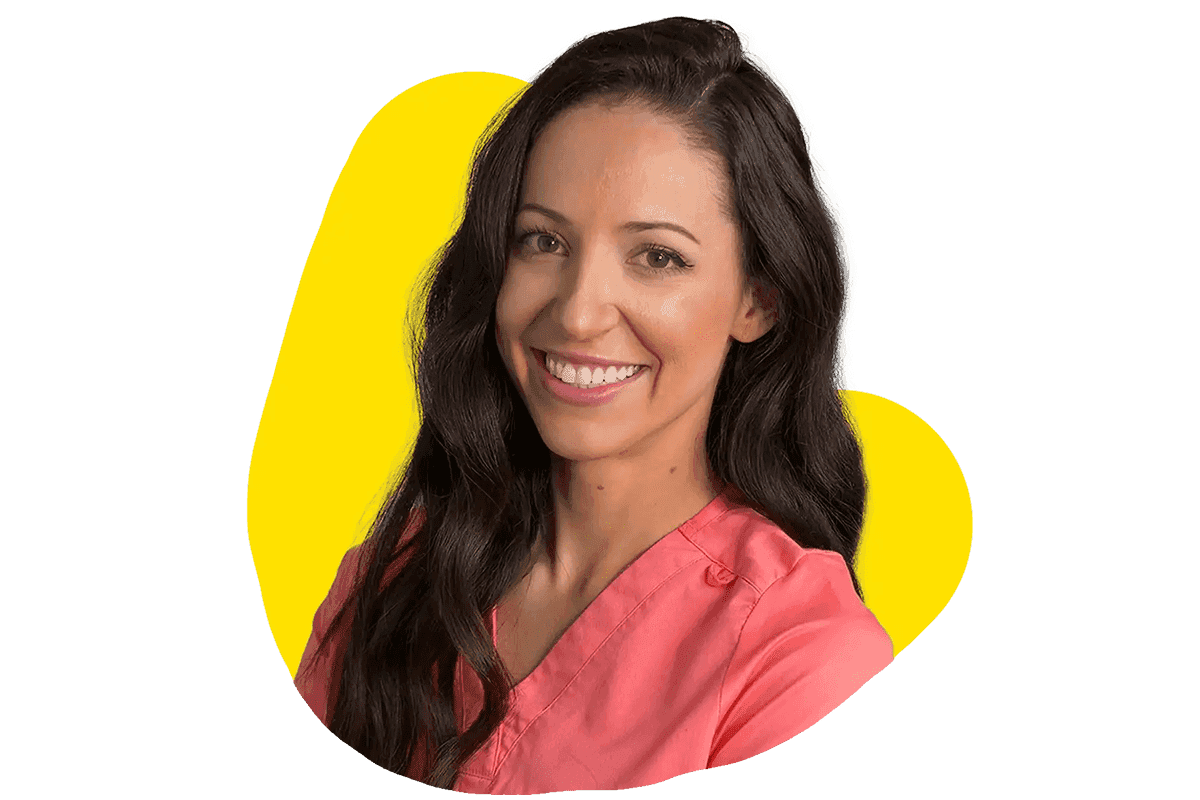

Professional dental cleanings, also known as teeth cleanings or a "prophylaxis," are essential for maintaining good oral health. A teeth cleaning is important to remove plaque, tartar, and stains that can build up on your teeth over time, preventing tooth decay and gum disease. Regular cleanings and dental exams can also help detect and prevent oral health problems, such as cavities and periodontal disease, early on. Plus, a professional teeth cleaning will prevent cavities and leave your smile feeling refreshed and clean. But did you know that are different types of dental cleanings? You want to be sure you choose the one that's most appropriate to your situation.
1. Prophylaxis Dental Cleaning (Routine Dental Cleaning):
Most preventative teeth cleaning visits are covered by your dental insurance at 100% because they help you avoid new conditions like tooth decay or gum disease.
Depending on how much buildup and stain you have—as well as your dental hygienist's preferences—these types of dental cleanings can be completed with traditional hand scaling or ultrasonic cleaning using a powered handpiece. One is manual, while the other only requires special placement against the tooth.
The goal of preventative/prophylactic routine dental cleanings is to help you keep your smile healthy. Your dental hygienist will remove the buildup that accumulates between visits and provide you with home care instructions on how to maintain those areas in the meantime. But if you haven't been to the dentist in a long time or have symptoms of advanced gum disease, these types of dental cleanings will not be beneficial to your oral health.
2. Scaling and Root Planing Cleaning (Deep Dental Cleaning):
A scaling and root planing cleaning, also known as a "deep cleaning," is a more extensive cleaning that your dentist or hygienist will recommend if you have active gum disease, bone loss, and pocketing under the gums around your teeth. Deep dental cleanings are not just better routine dental cleanings. The purpose of these types of dental cleanings is to clean below the gum line across the root surfaces to remove buildup and stop the spread of infection and bone loss. They are therapeutic in nature, as opposed to preventative. The bottom line, deep dental cleanings are meant to treat gum disease and stop infection.
This procedure is usually broken up into two visits, as local anesthetic is used to numb the side of your mouth being cleaned that day. After the cleaning, you'll have to be extra diligent in your home oral care routine and schedule more frequent visits to your dental office to ensure that the pockets around the teeth are healthy. Otherwise, periodontal infections may relapse.
3. Periodontal Maintenance Cleaning:
A periodontal maintenance cleaning is a type of cleaning that's recommended for patients who have already completed a deep cleaning to treat periodontal disease. It's different from a regular prophylaxis teeth cleaning or a deep cleaning in that it's focused on maintaining the health of your gums after they've been treated for disease.
During a periodontal maintenance cleaning, your hygienist will focus on removing plaque and tartar buildup from above and below the gumline, especially in areas of moderate to severe gum or bone loss. They'll also check for any signs of recurring gum disease, such as deepening pockets or bleeding gums. The cleaning will be more detailed than a regular cleaning and will be scheduled more frequently than a typical checkup appointment.
If you have a history of gum disease, your dental team may recommend periodontal maintenance cleanings every three to four months. This is to ensure that your gums stay healthy and to prevent the disease from relapsing. It's important to keep up with these maintenance cleanings, as gum disease can lead to more serious oral health problems or tooth loss if ignored.
People who have already been treated for gum disease should follow their dentist's recommendations regarding these visits. Most people who have had deep cleanings in the past will need to stain on a periodontal maintenance protocol indefinitely.
4. Gross Debridement Cleaning:
A gross debridement cleaning is a type of cleaning that's recommended for patients who have a significant buildup of plaque and tartar on their teeth to the point that it's interfering with their dental exam. It's focused on removing large amounts of buildup across their teeth so that the dentist and dental hygienist can better assess the health of the teeth, gums, and bone structures around each tooth.
In most cases, a gross debridement cleaning is performed on an as-needed basis for patients who have gone an extensive time without dental care and show high levels of tartar buildup. After the debridement, the dentist will examine their teeth, and then an appropriate follow-up teeth cleaning will be scheduled (in most cases, a scaling and root planing/deep cleaning is needed.)
Keep in mind that with a gross debridement, there will still be tartar, plaque, and stain buildup remaining on the teeth after the procedure. It is not a thorough cleaning in that it simply removes the outer layer of buildup so that the dentist can see your teeth.
5. Pediatric Teeth Cleaning (Prophylaxis for Kids):
A pediatric teeth cleaning is a cleaning that's specifically tailored for children. It's typically recommended for children beginning around the age of 2-3. The purpose of pediatric teeth cleanings is to help establish good oral hygiene habits early on and to prevent tooth decay and other oral health problems in the future.
During a pediatric cleaning, the dentist or hygienist will clean the child's teeth and apply fluoride to strengthen them. They'll also teach the child and their parents about proper oral hygiene techniques, such as brushing and flossing. The cleaning will be gentle and non-invasive to make sure the child is comfortable and at ease. If the child's permanent molars are starting to come in, sealants may also be applied at these preventative visits.
Pediatric teeth cleanings are usually recommended every six months, but they may be recommended as often as every 3-4 months for children with braces. It's important for parents to bring their child to the dentist regularly from an early age to make sure their teeth are developing properly and to prevent or intercept dental issues as early as possible.
Which One Is The Best Dental Cleaning!?
Ideally, everyone would receive a preventative prophylaxis cleaning at every dental checkup. Unfortunately, gum disease and heavy tartar buildup can get in the way of that.
If you're seeing a dentist twice a year and practicing good oral hygiene, a regular prophylaxis teeth cleaning is probably all you need. But if it's been years since your last cleaning, asking for a prophylaxis would be both a disservice to your oral health as well as negligent of your dental team. Active infections like periodontal disease require therapeutic attention, not a superficial polish above the gumline.
Ultimately your dentist will need to measure your bone and gum levels and have a set of diagnostic X-rays, along with an exam, to determine the best type of cleaning for your smile.
Talk With The Dentist or Dental Hygienist
It's perfectly fine to ask your dentist to explain the different types of cleanings and what each entails. They'll be able to explain the pros and cons of each type of cleaning and help you decide which one is best for your specific oral health condition.
Remember, not all types of dental cleanings are created equal! Proper brushing, flossing and professional dental cleanings are critically important for you dental health. When in doubt, it's perfectly fine to get a second opinion.
Professional Teeth Cleanings
Dental cleanings remove plaque, tartar, and stain buildup that you can't clean off at home. For people with gum and bone loss (from periodontal disease), these visits are even more important, as they help reduce your chances of tooth loss. Visiting the dentist is not only good for your dental hygiene, you also get an oral cancer screening. Not all teeth cleanings serve the same purpose, so choosing the wrong one could cost you your smile…really!

Make your inbox smile!
Subscribe


